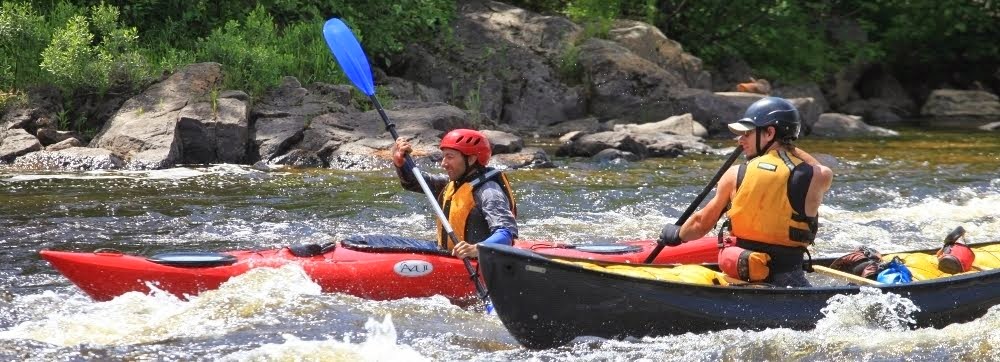A journey on snowshoes can be as
effortless as an occasional walk about the garden or as tough as a winter
mountain hike. No appropriate experiences and only mild winter apparel is
needed. One of the finest aspects of snowshoeing is its simplicity. The
major thing about snowshoeing is you may snowshoe the same trails you journey
by foot in the summer. The brink of streams and rivers are always entertaining
with their open views and potential for watching wildlife. Start with curtailed
journey and work your way up to longer journeys to the peaks. Be sure to check
the snow record for trails especially matched to snowshoeing.
Snowshoe Style
Snowshoeing is mostly walking with large feet; you just tape on the snowshoes and walk away. When beginning out for the first time on snowshoes try a simple trail till you are friendly with controlling high landscape. Depending on the snow, dry or crumbly, wet, rough or slippery, the snow will move. The footing will experience irregular. Walk with care, take shorter stomps, don't ump, or leap from step to step.
Snowshoe Style
Snowshoeing is mostly walking with large feet; you just tape on the snowshoes and walk away. When beginning out for the first time on snowshoes try a simple trail till you are friendly with controlling high landscape. Depending on the snow, dry or crumbly, wet, rough or slippery, the snow will move. The footing will experience irregular. Walk with care, take shorter stomps, don't ump, or leap from step to step.
Snowshoe Don'ts
You don't all have to learn the difficult way! You'll
benefit by the experiences if you follow these rudiments.
Never walk on a movable snowshoe: If you walk on the back of your forward snowshoe with your
forward-moving snowshoe, you will almost always put your face in a nose dive.
Never back up:Snowshoes do not back-up well. Repeatedly, if you move
back, your snowshoe back end will drive down into the snow normally creating a
drop. Instead of backing up use small U-turns or walk turns to shift
directions.
Advert bisecting slopes: These adventures are
not well framed to grip with the edges. Bisect at an angle up or down but not
straight across in case possible.
